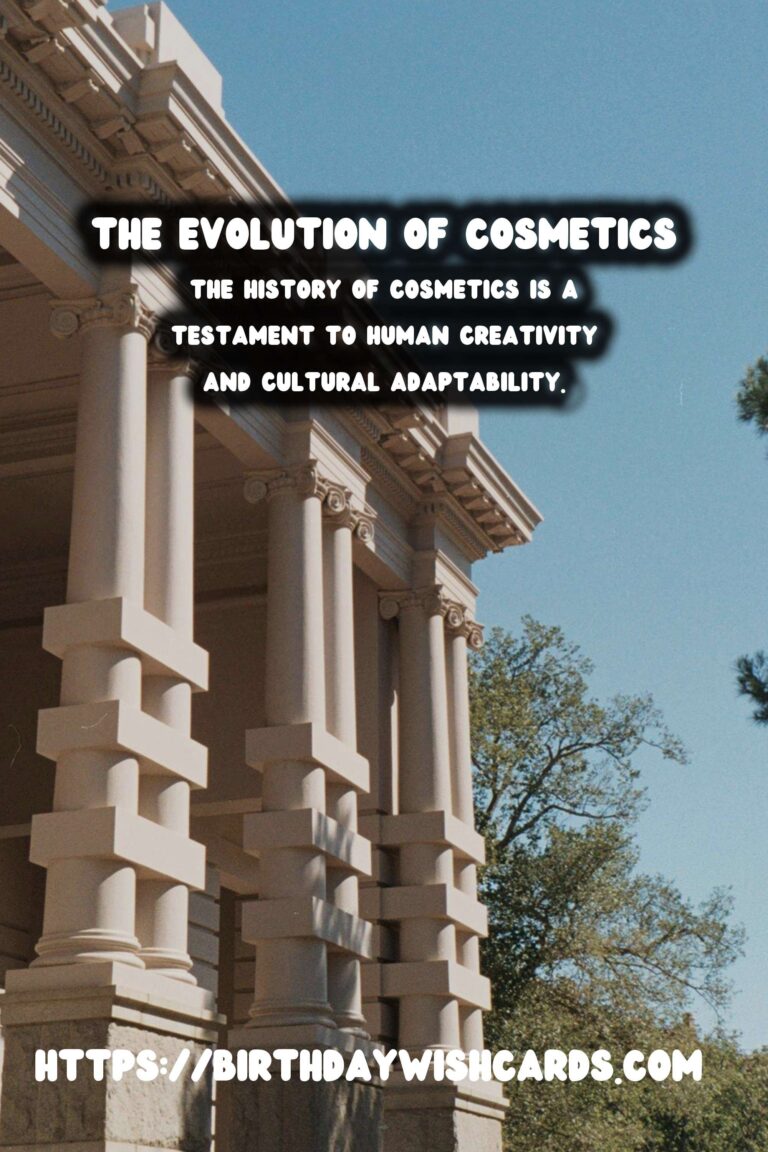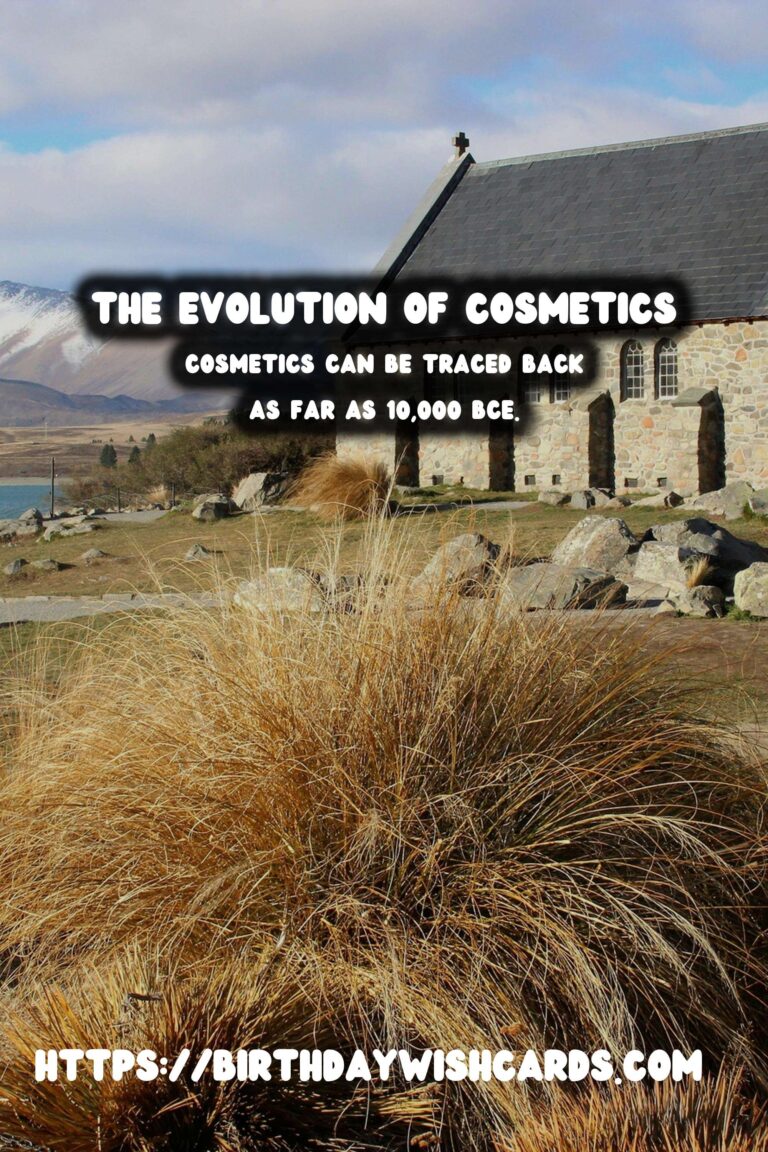
Cosmetics have played a significant role in human history, evolving alongside societies and cultures worldwide. From ancient times to the modern era, cosmetics have been used for both personal beautification and cultural rituals. This article explores the fascinating journey of cosmetics through different civilizations and their impact on society.
n
Ancient Beginnings
n
Cosmetics can be traced back as far as 10,000 BCE. In Ancient Egypt, both men and women used makeup to enhance their features and protect their skin from the harsh desert environment. Eye makeup, especially Kohl, was highly prevalent and believed to have protective properties against evil eyes and bright sunlight. Egyptians also used natural ingredients such as crushed beetles and gemstones for color.
n
Meanwhile, in Ancient China and Japan, makeup represented social class. High-ranking officials and royalty coated their faces with rice powder to appear fairer, making skin tone a significant status marker. Red and black were popular colors for lip and eyebrow enhancements.
n
Classical Influences
n
The Greeks and Romans contributed significantly to cosmetic practices during the classical antiquity. The Greeks valued aesthetics greatly, and their profound use of perfumes, skincare creams, and natural dyes was hallmark. Roman culture adopted many Greek practices but also innovated new ones, like balm-based skincare and improved perfume techniques, as they expanded their empire.
n
The Middle Ages and Renaissance
n
However, during the Middle Ages, cosmetics saw a decline due to religious and cultural influences, especially in Europe, where the Church discouraged excessive grooming, considering it immoral. Despite this, cosmetics persisted, albeit more reservedly.
n
The Renaissance era marked a resurgence of cosmetic use as beauty standards became increasingly associated with aristocracy. People used mixtures like lead-based foundation for pale skin, which was deemed elegant and pure, though these cosmetics were often toxic. Natural and subtle beauty were also promoted as intellect and sophistication grew in importance.
n
Industrial Revolution to Modern Era
n
The Industrial Revolution introduced mass production to cosmetics, making them more accessible to a broader audience. The 20th century saw monumental changes; the rise of Hollywood introduced glamor makeup, and beauty icons like Elizabeth Taylor and Marilyn Monroe set standards for beauty worldwide.
n
Today, the cosmetic industry continues to evolve, driven by technological advances and global marketing. A renewed focus on sustainable and natural beauty products reflects a societally conscious shift towards healthier lifestyle choices.
n
Conclusion
n
The history of cosmetics is a testament to human creativity and cultural adaptability. From ancient rituals to contemporary trends, cosmetics remain significant, influencing societal norms and cultural values worldwide. As we move forward, the industry promises to keep evolving, just as it has for thousands of years.
Cosmetics can be traced back as far as 10,000 BCE. The history of cosmetics is a testament to human creativity and cultural adaptability.
#cosmetichistory #culturalevolution

